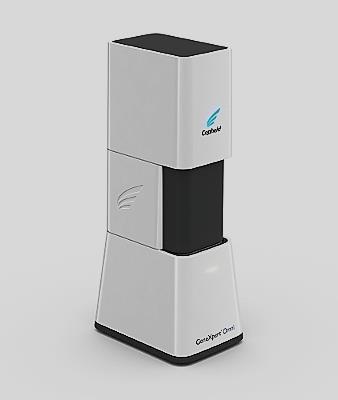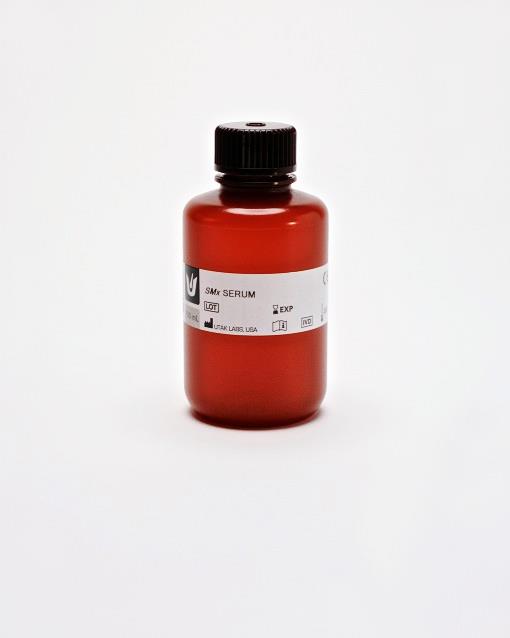Two Newly Developed Tests May Better Diabetes Diagnosis and Monitoring
By LabMedica International staff writers
Posted on 28 Jul 2015
At AACC 2015 (July 26-30; Atlanta, GA, USA) research teams presented results of successful testing of two new potential methods for diagnosing and monitoring diabetes in its standard or gestational forms. The findings may lead to easier, timelier, and more affordable ways of identifying and treating this chronic disease.Posted on 28 Jul 2015
One test study, by a research team led by Prof. Sridevi Devaraj, PhD, of Texas Children’s Hospital and Baylor College of Medicine (Houston, TX, USA), was to determine if a blood biomarker could be identified for gestational diabetes (GD), which occurs only during pregnancy and poses serious health risks for both mother and baby.
Today’s test for standard diabetes, which measures levels of the biomarker glycated hemoglobin (HbA1c), has limited usefulness for GD. The HbA1c test measures patient average glucose blood levels over a period of 3 months, and cannot be used to determine a patient’s blood glucose values on a daily, or even weekly, basis. This makes it challenging to closely track glucose levels during relatively few weeks of pregnancy, especially as GD is not diagnosed until the 3rd trimester.
Using stored blood samples collected from 124 pregnant women, Prof. Devaraj and her colleagues measured the levels of 3 types of proteins. They found that the levels of one—1,5Anhydroglucitol (1,5AG)—were significantly different in the women diagnosed with GD. The researchers were also able to establish a specific cutoff level at which the concentration of 1,5AG became a reliable predictor of which women had diabetes. One of the main potential advantages of 1,5AG as a biomarker for GD is its short “halflife” of 2 weeks, compared to HbA1c’s of 3 months.
“Our findings are very preliminary and need to be confirmed in larger groups of women,” said Prof. Devaraj, “but, if confirmed, they suggest a possible new and more immediate approach for diagnosing and monitoring diabetes during pregnancy.”
For the second test study, a research team led by Joris R. Delanghe, MD, PhD, Ghent University (Ghent, Belgium), investigated the novel view of whether fingernail clippings could be used instead of blood to diagnose and monitor diabetes. They collected nail clippings from 25 people with and 25 without diabetes. After the clippings were ground into powder, a relatively inexpensive spectrometer was used to measure the amount of nail protein that had undergone glycation (bonding with sugar molecules).
“We found a striking difference in the measurements between the control group and the patients with diabetes,” said Prof. Delanghe, “This finding suggests that nail clippings may serve as a reliable and noninvasive diagnostic tool,” with potential to make diagnosing diabetes much simpler and less expensive. Nail clippings, unlike blood samples, can be obtained noninvasively. They also take up little space and can be stored at room temperature for at least 1 month without affecting spectrometer outcomes.
“The proposed test may become particularly useful in low and middle income countries, where laboratories are often located long distances from where patients live,” said Prof. Delanghe.
Related Links:
American Association for Clinical Chemistry (AACC)
AACC 2015 Annual Meeting & Clinical Lab Expo













